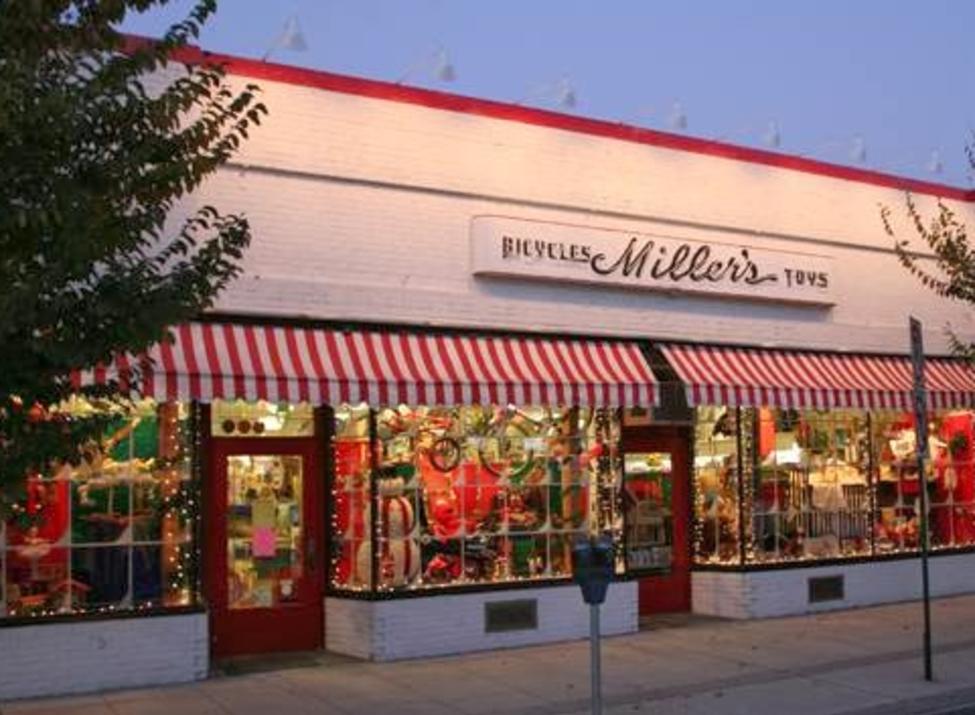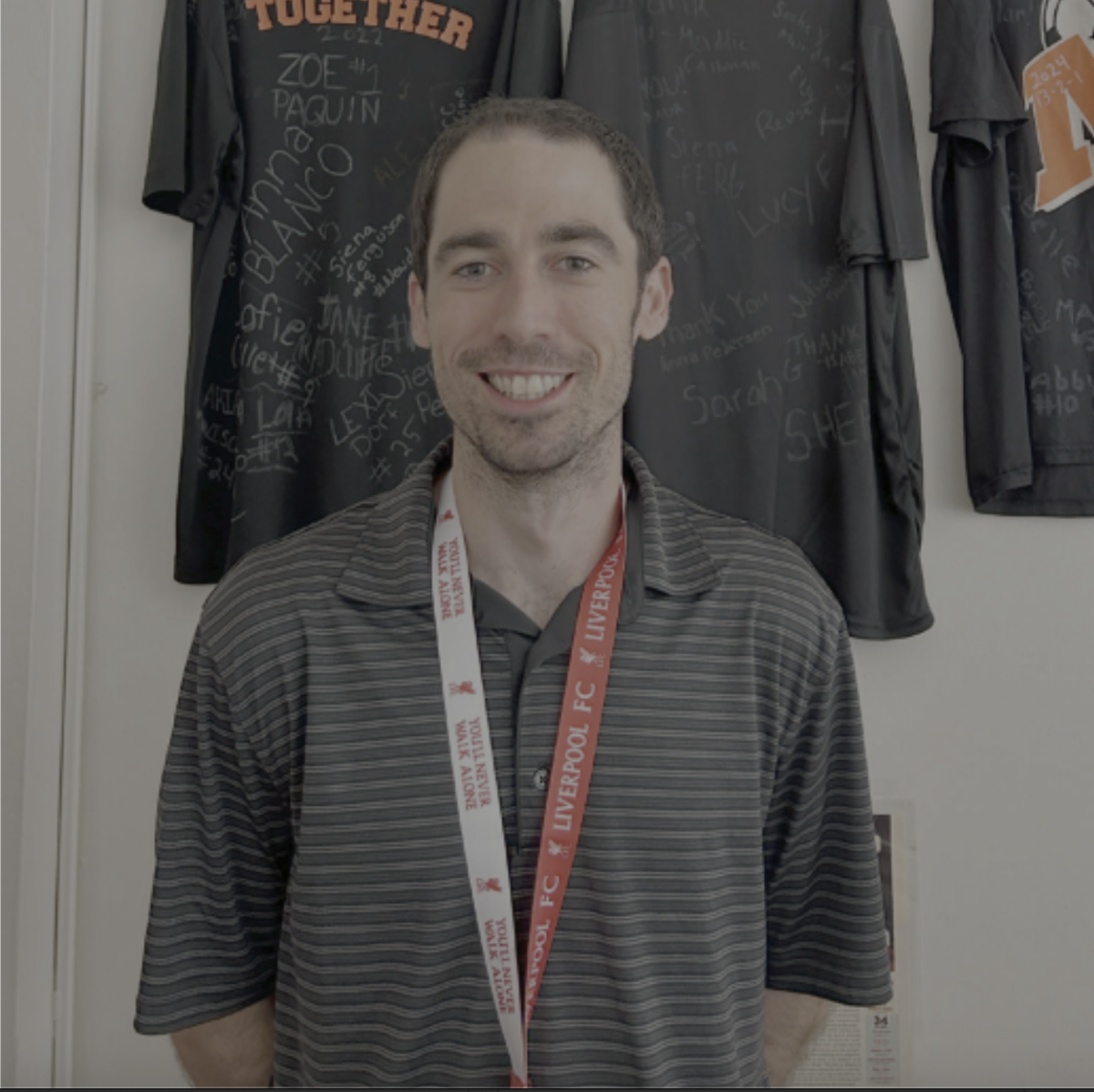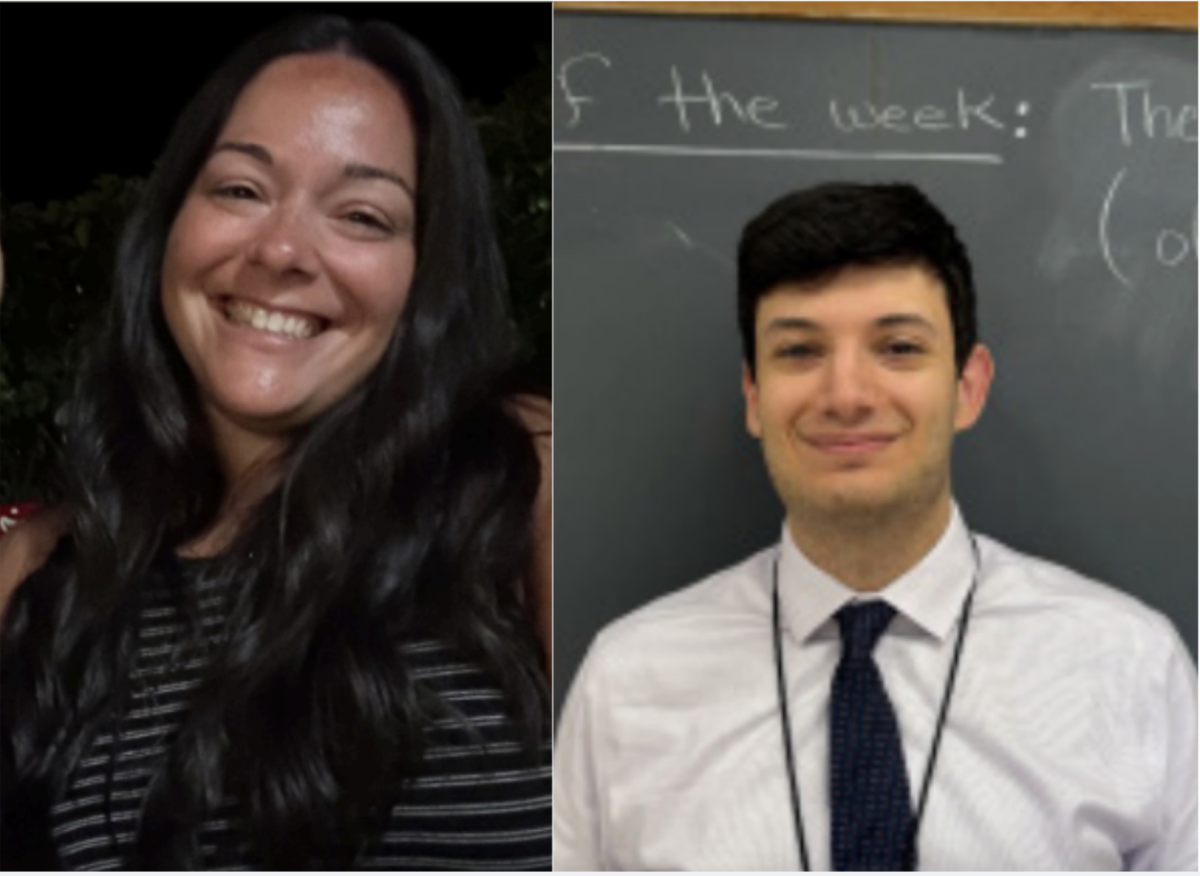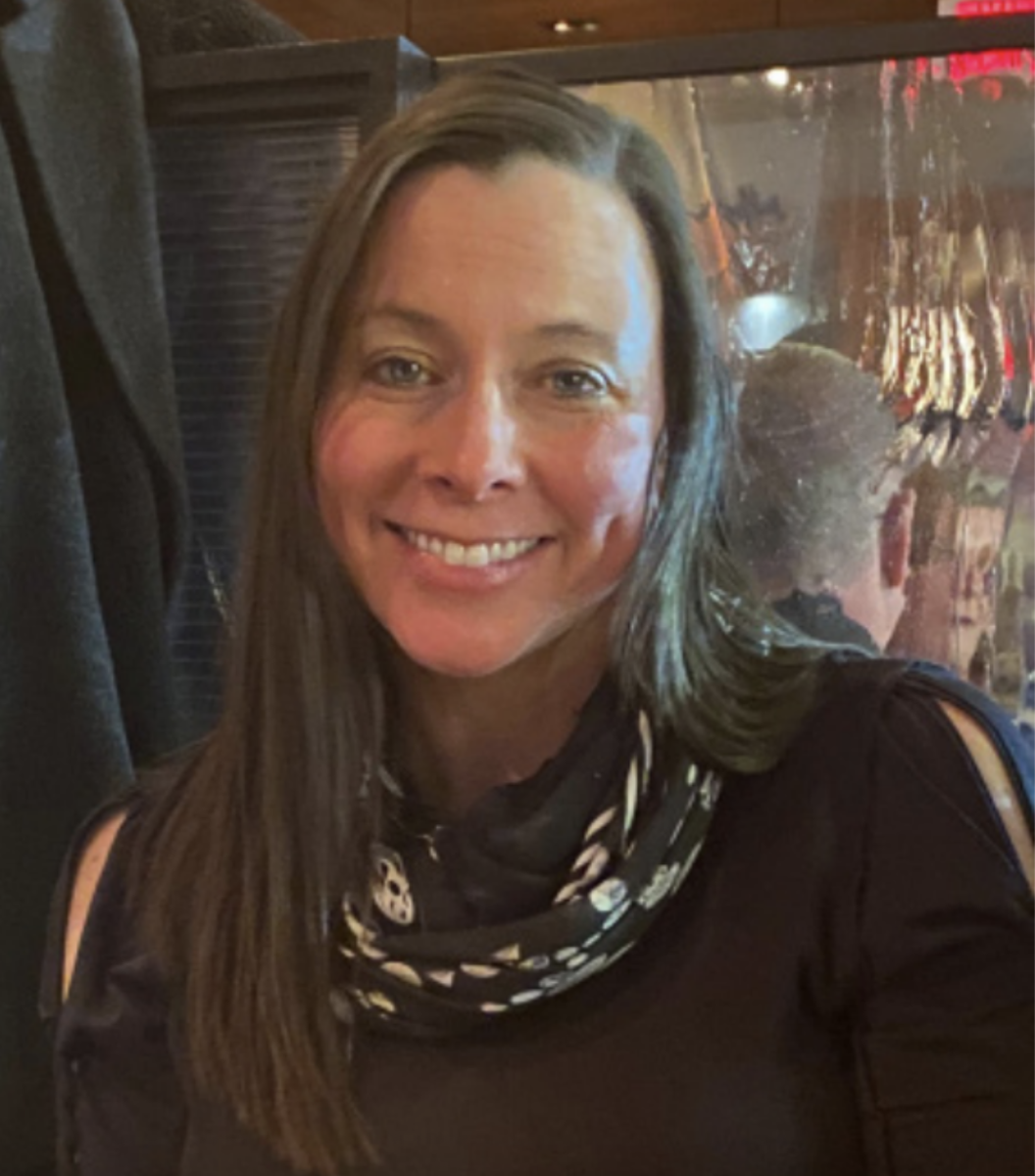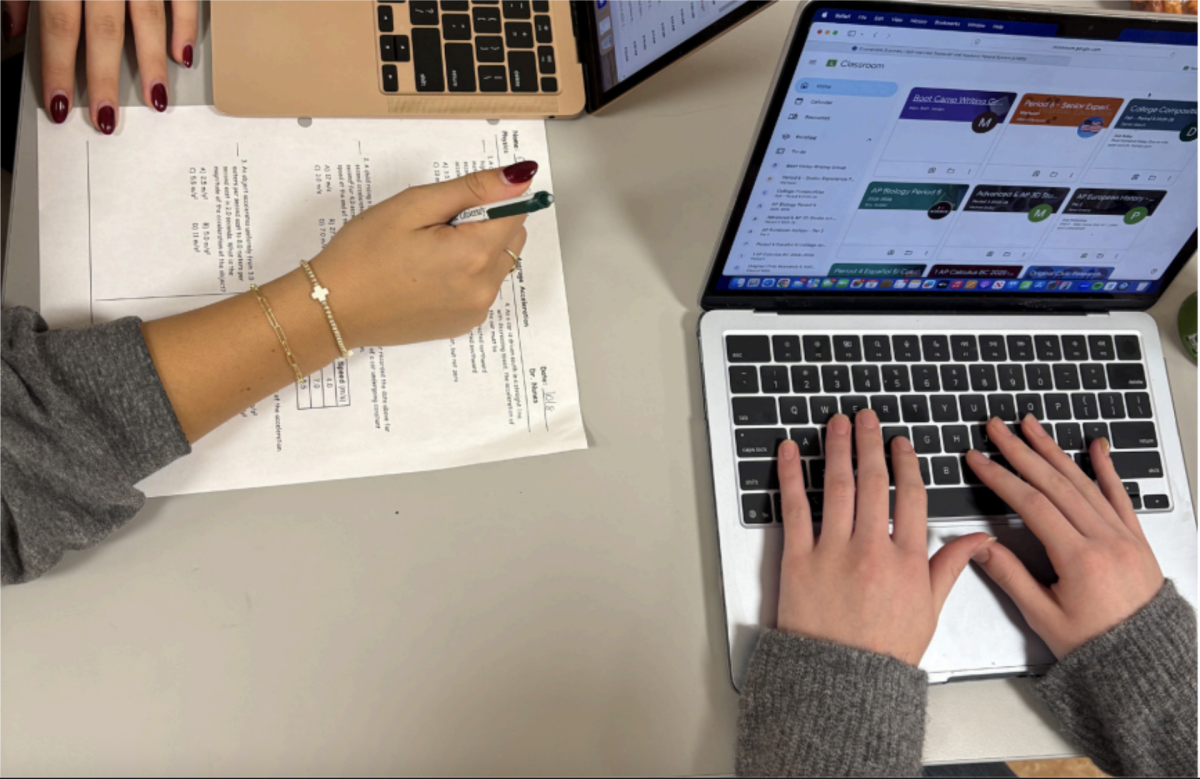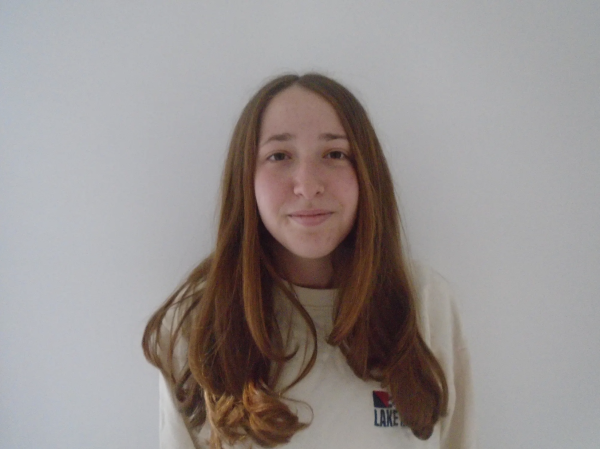Densely populated, just thirty miles from New York City, and closely bordering the Long Island sound, the Larchmont-Mamaroneck Community has very little room to expand. Mamaroneck’s 33 varsity teams, various recreation programs that span across the three municipalities and several age groups, and the presence of additional travel teams such as the Larchmont Mamaroneck Youth Lacrosse League and the Larchmont Mamaroneck Football Club all operate within this tight space. In recent years, local athletic and recreational leaders have mounted an effort centered on one mission: to remedy Mamaroneck’s desperate need of field space that, for the most part, doesn’t exist.
Since 2006, local non-profit Fields For Kids has been at the center of the movement to address this issue, responsible for projects such as the establishment of Mamaroneck High School’s Memorial, Lorenzen Park, and Alma Field in front of Flint Park. After the completion of Lorenzen Park in 2017, the organization adjourned future projects, feeling a lack of enthusiasm from the three local municipalities.
In 2022, however, the board reorganized, made up of only three prior members, including Heather Mahland, who now serves as president, and adding eight more. Having once run Larchmont-Mamaroneck Youth Lacrosse, Heather Mahland experienced the implications of Mamaroneck’s lack of field space head on. Over the past year and a half, Mahland and fellow board members have worked tirelessly, dedicating their efforts to establishing an outdoor play space at Hommocks Middle School. Since the project’s completion in August 2023, the organization has focused its efforts on the Town Center Field.
Positioned across from Mamaroneck’s Town Center, the Town Center Field is a natural grass enclosure situated on uneven terrain. Despite the field’s near constant employment, the field goes relatively untouched in terms of maintenance and care. Therefore, Fields for Kids plans to convert this field into synthetic turf. Turf is far more durable than traditional grass fields and often better prepared to handle foot traffic. Additionally, most synthetic turf is equipped to prevent flooding and therefore ensure the field can still be utilized in the rain (Keystone Sports Construction).
Despite the organization’s significant success with past projects and relatively positive reception from community residents, the organization’s commitment to providing turf fields has raised considerable concern from local environmental groups such as the Town of Mamaroneck’s Sustainability Collaborative and the Village of Larchmont’s Environmental Committee.
Chair of Mamaroneck’s Sustainability Collaborative Mark Krame, arranged a community meeting with members of environmental groups across the three municipalities and Mahland to discuss the Town Center project. Kramer noted his initial position on the issue stating, “I like to maximize the amount of fields available for the community to use. But, we also feel that it is important to prioritize the environment and build fields that will have the least amount of environmental effects on our community.” Kramer went on to mention that while much about the project currently “remains unknown,” he believed it would be beneficial to open up a space for members of the three environmental committees to “ask questions and voice more general concerns.” Mahland was happy to host this meeting, stating that, “there is nobody in this world who doesn’t want a better environment, so I was very interested in their questions and was happy to answer them.”
The “general concerns” Kramer could be referencing may relate to the historical risk of turf fields. According to Cornell University’s College of Agriculture and Life Sciences, the grass-like blades of turf are composed of synthetic materials such as nylon and polyethylene. Additionally, the rubber crumb that backs turf fields is often sourced from recycled tires. These tires contain traces of Per- and Polyfluoroalkyl Substances, or PFAS. PFAS are a large group of man-made chemicals known for their heat-stable, friction-reducing, and water-resistant properties. First popularized in the 1940s, PFAS have been added, and remain in, thousands of consumer products. The traces of PFAS found in turf results in contaminated run-off which then enters our environment, polluting our water sources, such as the Long Island Sound, and the air we breathe.
Additionally, PFAS are known as “forever chemicals,” meaning once they enter our environment, they are incredibly difficult, if not impossible, to get rid of. The same goes for when PFAs enter our bodies. A specific type of PFAS, known as bisphenol A (BPA) can leach out of turf fields during extreme heat. These chemicals are linked to various diseases such as cancer, diabetes, and neurological impairments and therefore pose various risks to athletes, many of whom deeply value their health (Northeast Waste Management Officials Association). Fortunately, there is no intent to include rubber crumb in the Town Center project, meaning the risk of exposure to PFAs is slim to none.
In order to respond to these concerns, Fields for Kids brought in environmental engineering and science consulting firm Woodard & Curran, which specializes in designing sports and recreation facilities and various synthetic turf and natural grass field systems in the region. While Woodard & Curran is not the organization that will be responsible for the
Town Center project as the property belongs to the school and therefore it is up to the district to hire a third party, they have been involved in other local projects such as the Alma Field, a
turf field located within Larchmont’s Flint Park, which is currently in need of replacement, the
design and reconstruction of the natural grass Ruth Green ballfield in Flint Park, and the design and construction of the natural grass ballfields at Lorenzen Park.
Woodard & Curran acknowledged and addressed concerns by presenting a few natural derived alternatives to crumb rubber. As concerns surrounding PFAS have risen internationally, corporations and communities have begun exploring materials such as crushed walnut shells, coconut and cork fibers, and wood to replace crumb rubber.
Discussions surrounding water and Mamaroneck’s climate brought up another prominent concern: flooding. Tom Shay from Woodard & Curran explained that modern turf fields are installed on top of complex irrigation bases and drainage systems that actually help mitigate the risk of flooding, in some cases even reducing stormwater flows better than natural grass can.
Despite environmental concerns, Mahland remains optimistic. She believes the meeting, while only the first step, went very well and that the experts from Woodard & Curran “were able to answer them satisfactorily and make [everyone] feel comfortable with the products.” Kramer walked away with a slightly different attitude. While he certainly appreciated the efforts Fields for Kids made to address any concerns, he, along with other members of LEC left with “many questions unanswered.” After the initial meeting, Kramer brought up a question regarding “how much more a field can be used if it’s turf versus natural grass.” Mahland was eventually able to address this concern noting that a “natural grass field is suitable for 350 hours of play a year,” but, “as a frame of reference, 1340 hours were booked on the Alma turf field last year.”
This is not the first time Fields for Kids has faced questions from community groups. Mahland referenced the harsh push back the organization faced during the establishment of Alma field back in 2008. While the circumstances were different considering that Alma was the first turf field in the community, Mahland explained how Fields for Kids used facts to combat concerns and eventually ensure ”everybody in the community [felt] really good about the outcome of turf and [understood] what it would bring to the community.” She feels this same strategy will help bring “a lot of people on board” with the Town Center project.
What community members can take away from this discussion is that it’s a balancing act. We need more fields. That said, we should not prioritize field space over public health and the health of our environment. The transition away from crumb rubber is a start. Optimally, though, we’re looking for a compromise that can sustain our community’s population and demand for sports fields while still protecting the environment.
What community members can take away from this debate is that it’s a balancing act. We need more fields. That said, we should not prioritize field space over public health and the health of our environment. The transition away from crumb rubber is a start. Optimally, we are looking for a compromise that addresses the needs of concerns of both parties.




